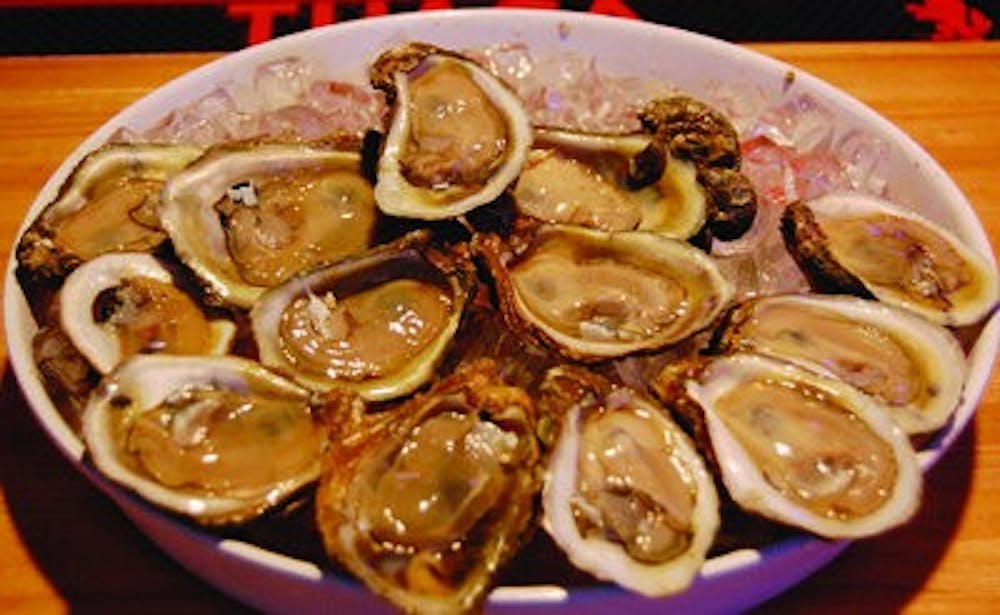Auburn and LSU have put their athletic rivalry aside to team up on the coasts of Alabama and Louisiana to create a new technique in oyster farming.
With the new technique, oysters are grown off the bottom of the ocean while suspended in water columns.
Previously, they have been harvested in reefs at the bottom of the water.
"The current methods of producing oysters are too unpredictable and unreliable," said John Supan, Louisiana Sea Grant and LSU AgCenter oyster specialist. "The oyster fishery is very cyclical--some years boom, some years bust. Intensive oyster culture, or off-bottom, of hatchery-produced oyster seed can provide a more consistent livelihood."
Bill Walton, aquaculture and fisheries specialist at Auburn, has been working on the project at the Auburn University Shellfish Laboratory on Dauphin Island in hopes of using this technique to better the financial situation for the people who live on Alabama's coast and in other coastal communities.
"When I look at coastal fishing communities throughout the U.S., I see communities that are very challenged," Walton said. "They are communities that are often economically depressed.
Anything we can do to keep that traditional fishing community there and thriving is something that we should be exploring."
While this task may seem easy to achieve with the new research being conducted, there are still obstacles.
"One of the main challenges for oyster farms in our area is how to do it profitably," Walton said. "You want to reduce the labor, but the other end is getting as much revenue as possible for what you produce."
While finding the most profitable way to produce oysters is an issue, the research also considers how it will affect the economy and surrounding culture.
"I think we still have more economic work to do to make sure this technique is possible," said LaDon Swann, director at the Mississippi-Alabama Sea Grant Consortium.
While the outcome of this new research can be beneficial to those living on the coast, without proper funding and the collaboration between Auburn and LSU, this may not be possible.
"When Dr. Bill Walton came to Auburn two years ago, he received Sea Grant funding to evaluate different floating off-bottom culture systems for use in Alabama," Supan said. "Since our off-bottom culture evaluations were focused on longline culture, it was a logical choice to approach our research/extension efforts regionally, to be more efficient in the use of our research funding and to continue our close-working relationships."
Because the Deep Water Horizon oil spill affected so much of the gulf coast seafood industry, new technology is highly anticipated and recognized.
However, the oil spill didn't affect the oyster industry as much as other disasters such as hurricanes and droughts normally do, Walton said.
"We were very fortunate in coast waters in Alabama," Walton said. "We didn't see any oil in there. The site was not impacted, and the oysters were safe to eat."
While it may have caused worry among oyster farmers, Walton insists that Alabama oyster cultures were left unharmed for the most part.
"The oil spill has definitely made farming less sustainable," Swann said.
The biggest obstacle after the oil spill was marketing because of the fear associated with eating seafood that could have been contaminated with oil.
While strides have been made in the research, there is still more to come.
"Whenever one starts something new, there is always learning," Supan said. "We are now moving towards demonstration and commercialization, which is more difficult than research, especially evaluation. It is an ongoing process."
Do you like this story? The Plainsman doesn't accept money from tuition or student fees, and we don't charge a subscription fee. But you can donate to support The Plainsman.





